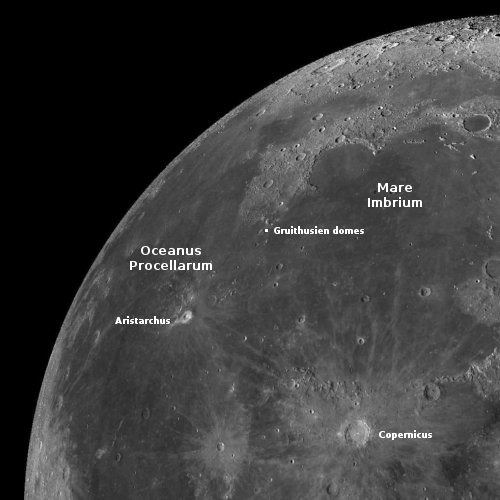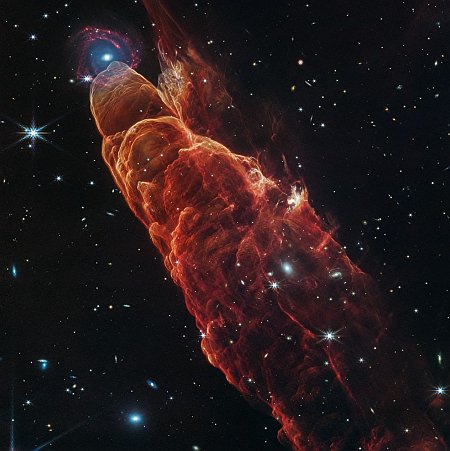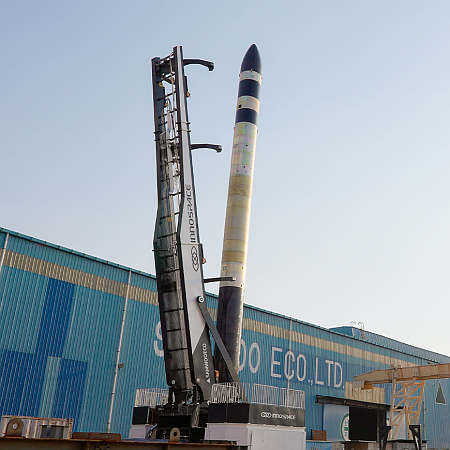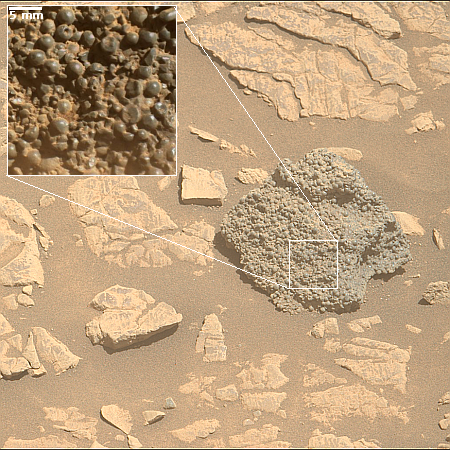Space Force finally certifies ULA’s new Vulcan rocket for commercial military launches
After significant delays in developing ULA’s new Vulcan rocket, and then further delays after the rocket’s second test launch (which experienced technical issues), the Space Force today finally announced that it has certified the rocket, thus allowing ULA to proceed with several military launches that have been stalled for months. From ULA’s press release:
In September 2016, ULA entered into an agreement with the U.S. Air Force and outlined the plan to certify Vulcan according to the Air Force’s New Entrant Certification Guide. Over the last few years, the collective ULA and Space Force team have completed 52 certification criteria, including more than 180 discrete tasks, two certification flight demonstrations, 60 payload interface requirement verifications, 18 subsystem design and test reviews, and 114 hardware and software audits.
What was not revealed was the criteria the Space Force used to finally put aside as critical the loss of a nozzle on one of Vulcan’s two side booster’s during the second test launch. While the rocket successfully got its payload into the proper orbit, for a booster to lose a nozzle is not trivial. ULA has recently said it had found the cause and has fixed it, but few details have been revealed. Nor has this new announcement revealed any further details about the fix.
Regardless, this certification is very good news for ULA. Expect it to move as quickly as it can (which will seem slow in comparison to SpaceX) to launch a number of delayed military launches.
After significant delays in developing ULA’s new Vulcan rocket, and then further delays after the rocket’s second test launch (which experienced technical issues), the Space Force today finally announced that it has certified the rocket, thus allowing ULA to proceed with several military launches that have been stalled for months. From ULA’s press release:
In September 2016, ULA entered into an agreement with the U.S. Air Force and outlined the plan to certify Vulcan according to the Air Force’s New Entrant Certification Guide. Over the last few years, the collective ULA and Space Force team have completed 52 certification criteria, including more than 180 discrete tasks, two certification flight demonstrations, 60 payload interface requirement verifications, 18 subsystem design and test reviews, and 114 hardware and software audits.
What was not revealed was the criteria the Space Force used to finally put aside as critical the loss of a nozzle on one of Vulcan’s two side booster’s during the second test launch. While the rocket successfully got its payload into the proper orbit, for a booster to lose a nozzle is not trivial. ULA has recently said it had found the cause and has fixed it, but few details have been revealed. Nor has this new announcement revealed any further details about the fix.
Regardless, this certification is very good news for ULA. Expect it to move as quickly as it can (which will seem slow in comparison to SpaceX) to launch a number of delayed military launches.














